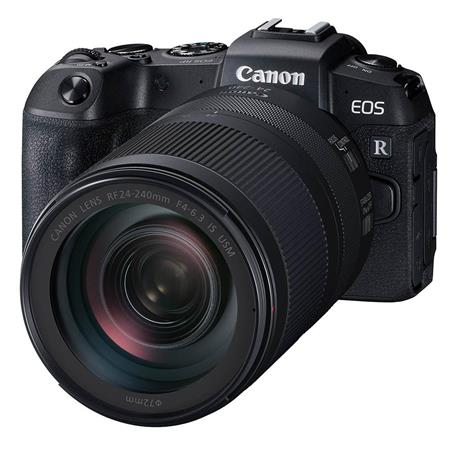Today's topic is: Photography: All about the Camera & Techniques
In one of my earliest posts, we explored the history of photography, which you can find here.
In this post, we will learn all about the digital cameras and a few techniques for better pictures.
First, we will see the anatomy of the digital camera.
Next we will see the Camera modes:
These modes are to be used depending on what you are capturing. There is always AUTO mode, in which the camera itself guesses which mode it would be to use best. However, it won't bring out the best result - not as good as if you were to choose one of the modes yourself.
There are many genres of photography included still life photography, portrait photography, environmental photography, architectural photography, nature photography, wildlife photography, photojournalism, commercial photography, and fashion photography.
One thing to keep in mind when doing photography is the role of light. The lighting in your photograph can change the way it is interpreted. For example, you can give your photo a 'magical' effect using the light from sunrise or sunset. There are many different types of lighting, including:
Daylight/Diffused Lighting, Night Lighting, Top Lighting, Back Lighting, Front Lighting, Bottom Lighting, and Existing Lighting.
**When there is a lot of shadows, like on a bright day, it is a good idea to use flash to avoid having overshadows on your photo.
There are also different angels in photography. Eyelevel, bird's-eye, high angle (not directly from top but looking down on subject), low angle (from bottom), and slanted are the 5 basic angles of photography.
There are a few basic shots as well. Extreme Long Shot, Long/Wide Shot, Medium/Over the Shoulder Shot, Medium Close-Up Shot/Over the Shoulder, Close-Up Shot, and Extreme Close-Up Shot. Tow shot is a shot with two people.
That's all about the camera! Now let's move on to techniques. Here I have put together very important points to keep in mind when photographing:
- Make sure the lighting is good and matches your point of the photo
- Use the rule of thirds (Mentioned earlier, check here)
- Don't clutter background
- Avoid large empty spaces
- Get close to your subject
- Use leading lines to make photo interesting (Mentioned earlier, check here)
- Have a strong focal point (Mentioned earlier, check here)
- Keep subjects ready to make it more natural
- Keep camera steady
- AND ALWAYS: Keep the camera ready; you never know which moment a perfect photo opportunity will come along!
So that's about it for today. It is amazing how with just a camera and a few simple techniques, you can capture a great moment! Which angle and shot do you use the most in your photos? Let us know in the comments!
ASM2O Slides: Unit 3





Wow, there are so many techniques to choose from depending on what you want to capture. Good job laying out and presenting the information!
ReplyDeleteSimple but very informative
ReplyDeleteVery Simply and Informative
ReplyDelete